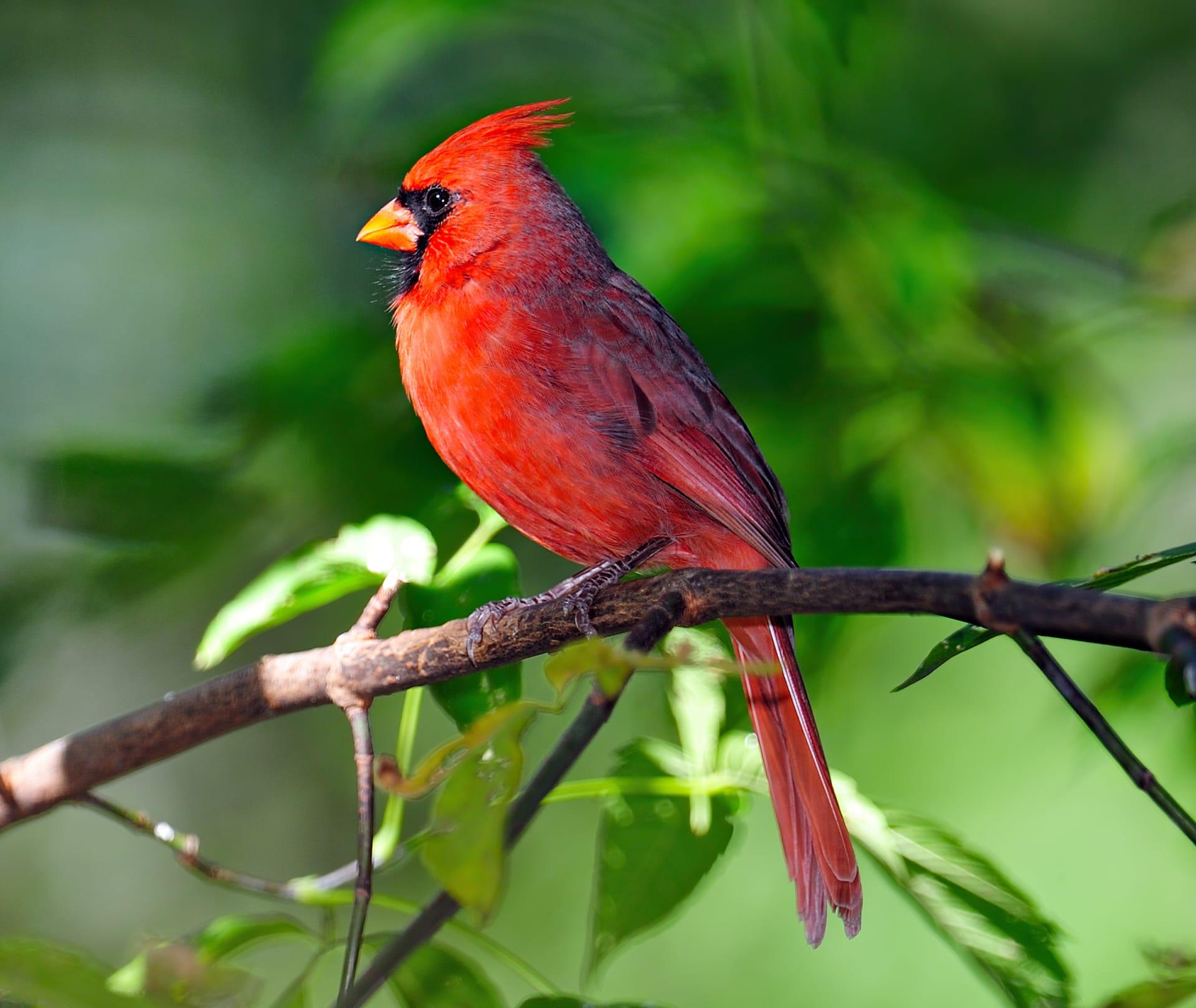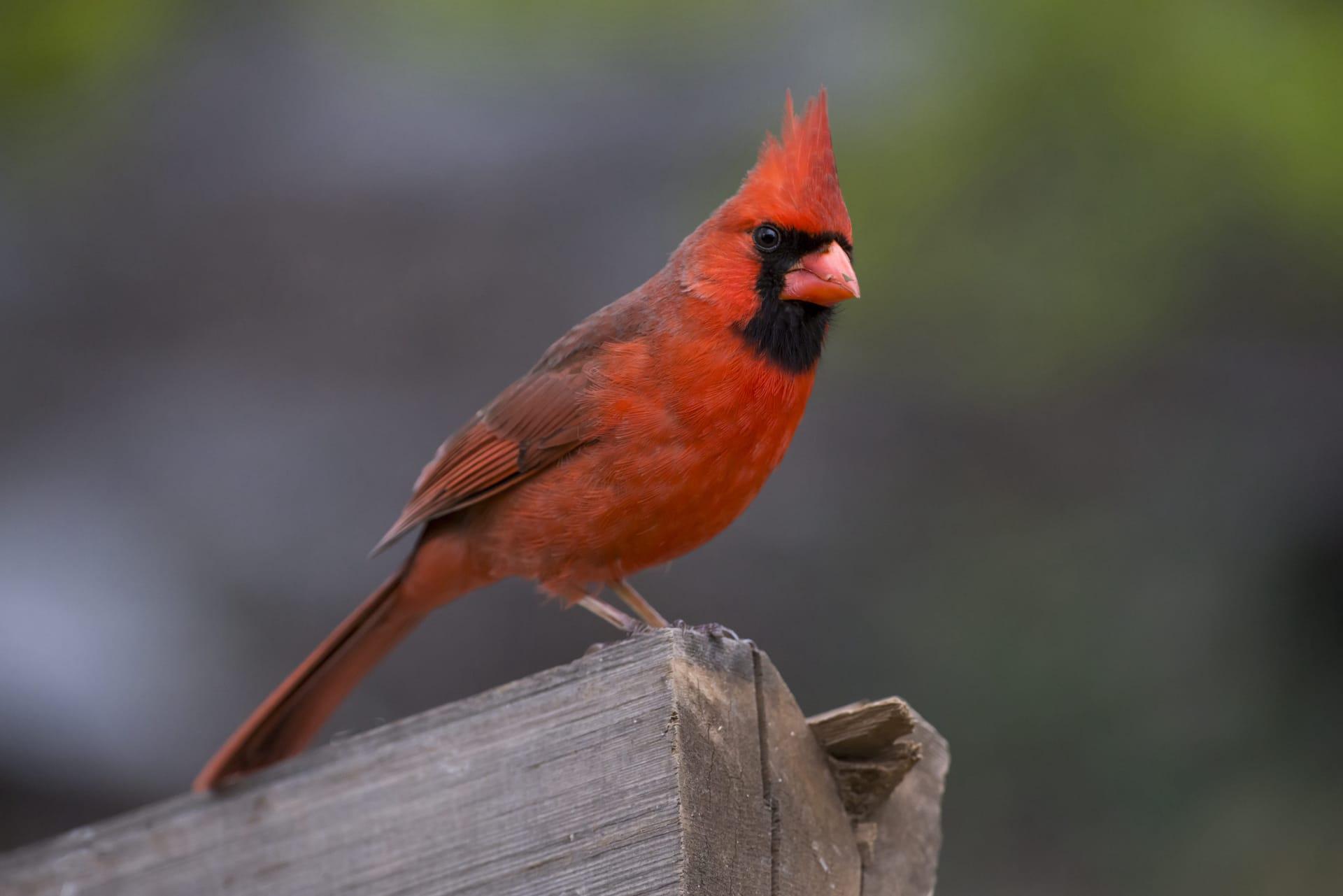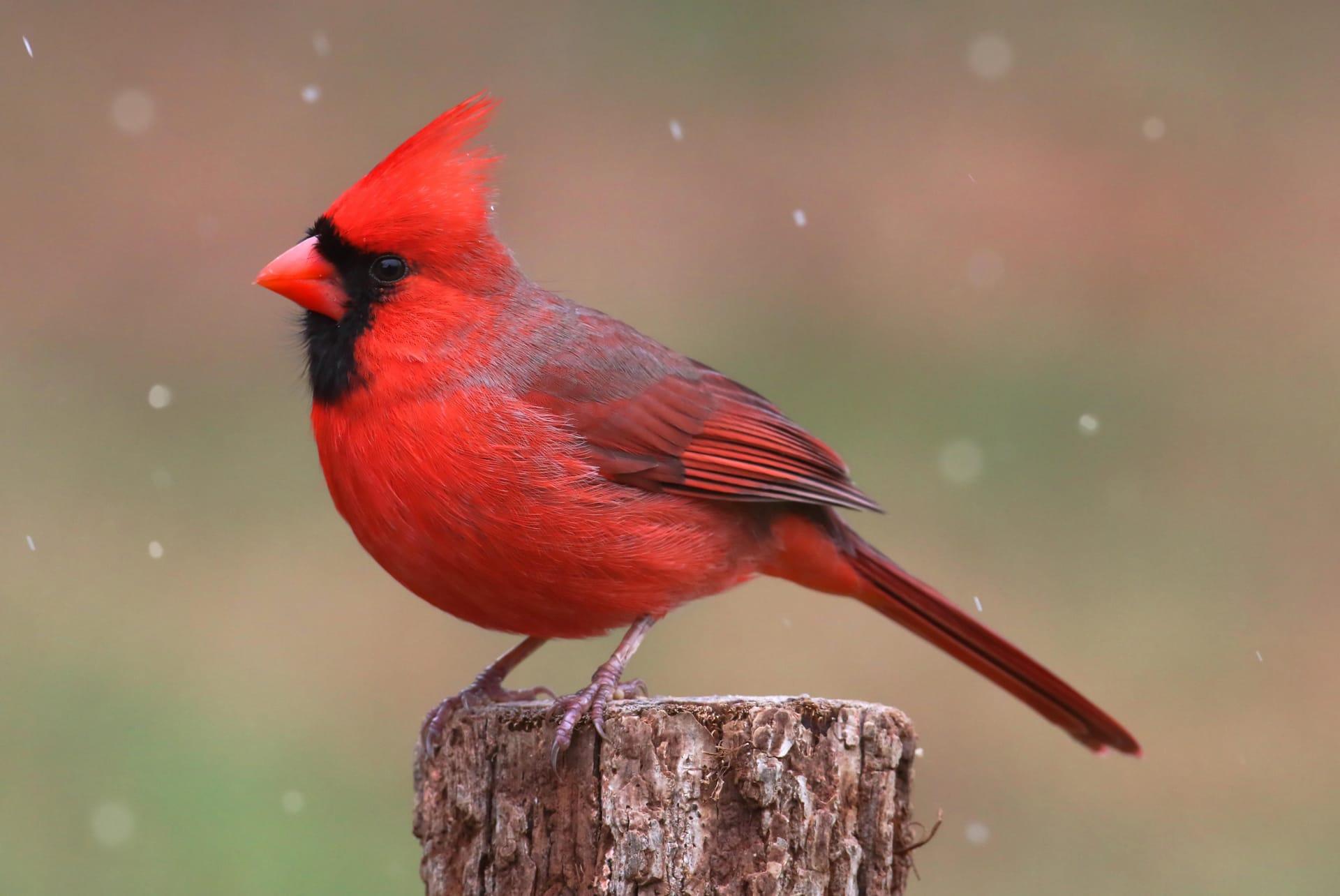Cardinal Trivia
- Home /
- Trivia Question /
- Animal /
- Cardinal Trivia
1
Question: What colors do male and female Northern Cardinals display, and why is there a difference?
Answer: Male Northern Cardinals are renowned for their vibrant red plumage, which serves as a signal of fitness and attractiveness to females. In contrast, females sport a more subdued shade, primarily brown with hints of red in their wings and tail. This coloration provides better camouflage while they are nesting and taking care of young ones. The males' red color comes from carotenoids in their diet, which they must consume enough of to maintain their brilliant hue.
Question: How long do Cardinals live, and what factors influence their lifespan?
Answer: Cardinals typically live for about 3 to 5 years in the wild, though some can reach up to 15 years. Their lifespan is influenced by various factors such as predation, habitat quality, availability of food, and environmental stressors. In protected environments like bird sanctuaries, they tend to live longer due to reduced threats and consistent food sources.

2
Question: Do Cardinals migrate, and what affects their movement patterns?
Answer: Contrary to popular belief, Cardinals are primarily non-migratory birds. They tend to reside year-round in their habitat, which spans the eastern United States down to Central America. However, minor movements can occur due to severe weather conditions or food scarcity, leading them to shift slightly southward or to more hospitable areas within their range.
Question: Is it true that Cardinals mate for life?
Answer: Cardinals are often thought to be lifelong partners, but this is a bit of an oversimplification. While they are generally monogamous and often stay with the same mate for several breeding seasons, they may choose different partners in different years, especially if a mate dies or if nesting attempts fail repeatedly. Their loyalty is more to the breeding territory than to their mate.

3
Question: What unique nesting habits do Cardinals have?
Answer: Female Cardinals are solely responsible for building the nest, which is a remarkable structure made of twigs, grass, and leaves, often lined with hair or animal fur. The nest is usually well-hidden in dense shrubbery or small trees, about 3 to 10 feet off the ground. Males assist by guarding the territory and feeding the female during nest construction.
Question: How do Cardinals communicate, and what are their distinct vocalizations?
Answer: Cardinals are known for their wide range of vocalizations, used for communication and territory defense. Males have a loud, clear whistle, which is often a repetitive series of two-parted notes, described as "cheer-cheer-cheer" or "birdie-birdie-birdie." Females also sing, usually from the nest, which is less common among songbirds. Their songs are used to signal the male to bring food or to indicate distress.

4
Question: How do Cardinals adapt to winter conditions?
Answer: Cardinals are well-adapted to cold weather, thanks to their thick feathering and ability to fluff up their feathers to trap warm air. They also shift their diet from insects to seeds and fruits, which are more abundant in winter. Their vibrant red color also stands out against the snowy backdrop, making them a picturesque sight during the colder months.
Question: What role do Cardinals play in their ecosystem?
Answer: Cardinals play a vital role in their ecosystems as both prey and predator. They eat a variety of seeds, fruits, and insects, helping in seed dispersal and pest control. They are also a food source for predators like hawks and cats. Additionally, their presence indicates a healthy, diverse environment, as they thrive in areas with ample food and shelter.

5
Question: Are Cardinals affected by human activities, and what conservation efforts exist?
Answer: Cardinals, like many birds, are affected by habitat loss due to human activities such as deforestation and urbanization. However, they have adapted well to suburban environments where bird feeders are common. Conservation efforts focus on preserving natural habitats and promoting bird-friendly practices in urban areas.
Question: Can Cardinals recognize their reflection, and how do they react to mirrors?
Answer: Cardinals, particularly males, may perceive their reflection in a mirror or window as a rival and can become aggressive, often repeatedly attacking the reflection. This behavior is most common during the breeding season when they are defending their territory. Providing distractions or covering reflective surfaces can help reduce this behavior.